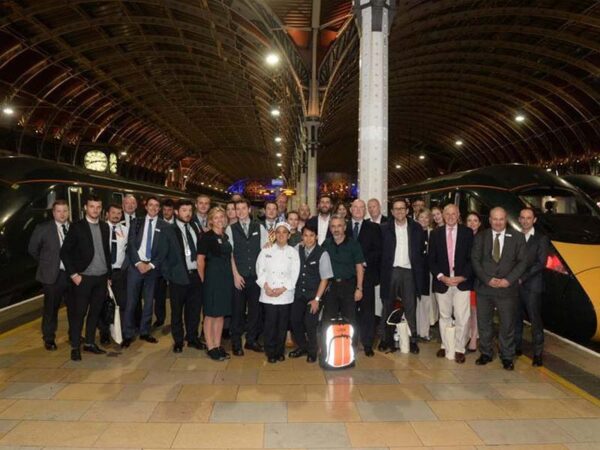A new modern speed record has been set for a train running between Bristol Temple Meads and London Paddington of just 1 hour and 12 minutes. That compares to an average journey time at the moment of around 1 hour 44 minutes.
The record attempt was made last Tuesday when the service left Bristol Temple Meads at 6:49pm and arrived into London Paddington at 8:01pm to establish a post-speed restriction record between the two stations of just 72 minutes.
There have been faster trains in the past, but in 2008 safer driving practices and speed restrictions were introduced, so the Rail Performance Society (RPS) records fastest times in two categories – pre-2008 and post-2008.
Before the safety restrictions came in to effect, the fastest train had managed to do the run in just over 68 minutes, which was done in 1977.
Although last week’s speed test was to show off what could be done, they are planning to speed up the service for everyone from December.
When a new timetable is introduced, the fastest journey times between Bristol Temple Meads and London Paddington will be cut to 1 hour 19 minutes – 17 minutes faster than is possible today. And journey times into London, non-stop from Bristol Parkway, will be cut to just 1 hour 8 minutes.
The faster service is due to railway upgrades and the introduction of the new Intercity Express Trains.








Where’s the picture of the driver? Face covered in soot, big wide smile and cloth cap askance, being interviewed by a chap from Pathé News? Or don’t we do that anymore?
> A new modern speed record
> There have been faster trains in the past
The chocolate ration has been increased.
It seems that the train only ran up to 125 mph same as the old 1970″ diesel HST Intercity 125 trains and Mallard steam engine.I don’t think the trackside signals have been replaced with new digital in-cab signaling,in the UK it is considered unsafe for trains to run over 125 mph with trackside signals as there is a chance the driver will miss seeing the signal lights from the cab windows at higher speeds which can cause a SPAD (Signal Passed At Danger) that resulted in the 1999 Ladbroke Grove crash that killed 31 people,the old signals are meant to be replaced with new digital in-cab signaling allowing the trains to run at 140 mph.
main thing that sped up this run is that IET’S have greater acceleration that HST’s so can reach line speed much faster than them